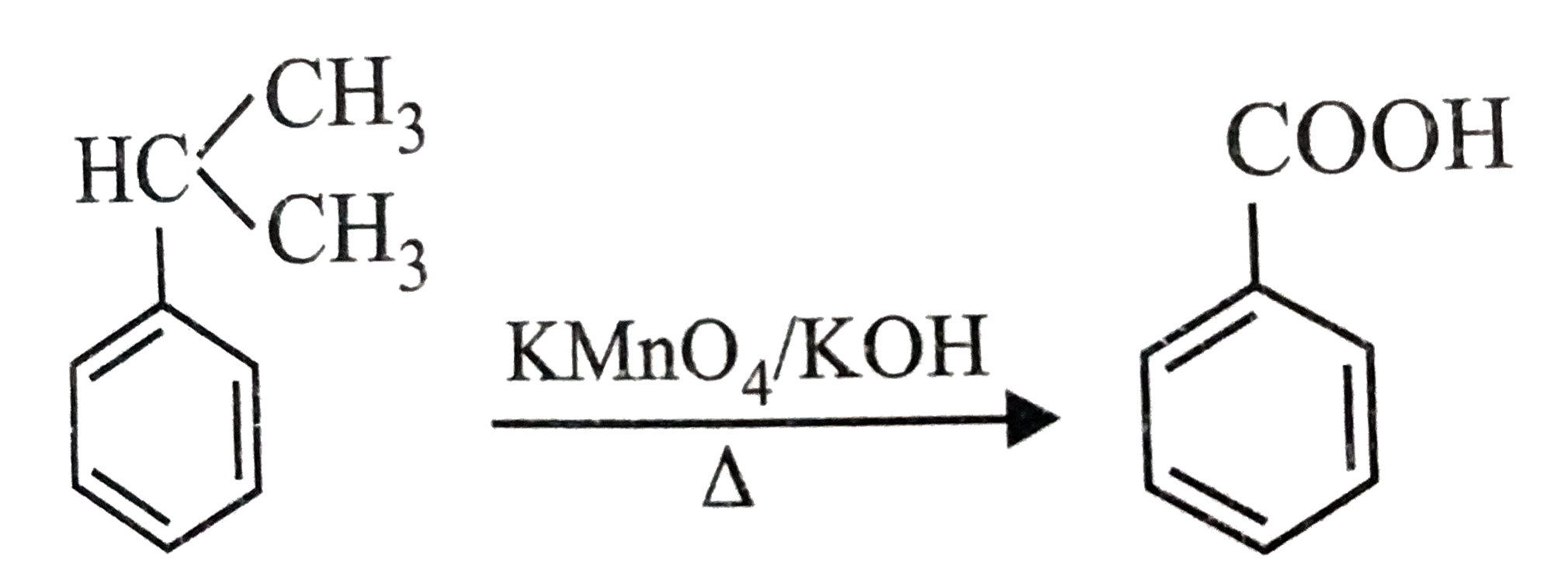On dissolving moderate amount of sodium metal in liquid ammonia at low temperature, which of the following does not occur ?
Blue-colured solution is obtained
Ammoniated Na⊕ ions are formed in solution
Liquid ammonia becomes good conductor of electricity
The liquid ammonia remains diamagnetic
The correct Answer is:D
To solve the question regarding the dissolution of sodium metal in liquid ammonia at low temperature and to identify which of the given options does not occur, we can follow these steps:
1. Understanding the Reaction:
- When sodium (Na) dissolves in liquid ammonia (NH3), it undergoes a chemical reaction. The general reaction can be represented as:
2Na+2NH3→2NaNH2+H2
- This indicates that sodium reacts with ammonia to form sodium amide (NaNH2) and hydrogen gas (H2).
2. Observing the Properties of the Solution:
- The solution formed is characterized by a distinct blue color, which is a result of the formation of solvated sodium ions (Na+).
- This blue solution is known to be paramagnetic, meaning it has unpaired electrons and can be attracted by a magnetic field.
3. Conductivity of the Solution:
- The blue-colored solution of sodium in ammonia is a good conductor of electricity due to the presence of free-moving ions (Na+ and NH2-).
- Therefore, the statement that "liquid ammonia becomes a good conductor of electricity" is true.
4. Analyzing the Options:
- Now, we need to analyze the provided options to determine which one does not occur:
- Option A: Blue colored solution is obtained. (True)
- Option B: Ammoniated Na+ solution are formed in the solution. (True)
- Option C: Liquid ammonia becomes a good conductor of electricity. (True)
- Option D: Liquid ammonia remains diamagnetic. (False, as the solution is paramagnetic)
5. Conclusion:
- The option that does not occur is Option D: "Liquid ammonia remains diamagnetic."
Final Answer:
The correct answer is Option D: Liquid ammonia remains diamagnetic.
- When sodium (Na) dissolves in liquid ammonia (NH3), it undergoes a chemical reaction. The general reaction can be represented as:
2Na+2NH3→2NaNH2+H2
- This indicates that sodium reacts with ammonia to form sodium amide (NaNH2) and hydrogen gas (H2).
- The solution formed is characterized by a distinct blue color, which is a result of the formation of solvated sodium ions (Na+).
- This blue solution is known to be paramagnetic, meaning it has unpaired electrons and can be attracted by a magnetic field.
- The blue-colored solution of sodium in ammonia is a good conductor of electricity due to the presence of free-moving ions (Na+ and NH2-).
- Therefore, the statement that "liquid ammonia becomes a good conductor of electricity" is true.
- Now, we need to analyze the provided options to determine which one does not occur:
- Option A: Blue colored solution is obtained. (True)
- Option B: Ammoniated Na+ solution are formed in the solution. (True)
- Option C: Liquid ammonia becomes a good conductor of electricity. (True)
- Option D: Liquid ammonia remains diamagnetic. (False, as the solution is paramagnetic)
- The option that does not occur is Option D: "Liquid ammonia remains diamagnetic."
The correct answer is Option D: Liquid ammonia remains diamagnetic.
Topper's Solved these Questions
- S-BLOCK GROUP 1 - ALKALI METALSBOOK - CENGAGE CHEMISTRY ENGLISHCHAPTER - S-BLOCK GROUP 1 - ALKALI METALSEXERCISE - Exercises Linked Comperension
20 Videos
- S-BLOCK GROUP 1 - ALKALI METALSBOOK - CENGAGE CHEMISTRY ENGLISHCHAPTER - S-BLOCK GROUP 1 - ALKALI METALSEXERCISE - Exercises Multiple Correct
34 Videos
- S-BLOCK GROUP 1 - ALKALI METALSBOOK - CENGAGE CHEMISTRY ENGLISHCHAPTER - S-BLOCK GROUP 1 - ALKALI METALSEXERCISE - Ex 4.1 (True/False)
1 Videos
- REDOX REACTIONSBOOK - CENGAGE CHEMISTRY ENGLISHCHAPTER - REDOX REACTIONSEXERCISE - Archives (Integers)
1 Videos
- S-BLOCK GROUP 2 - ALKALINE EARTH METALSBOOK - CENGAGE CHEMISTRY ENGLISHCHAPTER - S-BLOCK GROUP 2 - ALKALINE EARTH METALSEXERCISE - Ex 5.1 Objective
2 Videos
Similar Questions
Alkali metals oxide are obtained by combustion of the metals.Although Na normally gives Na2O2,it will take up further oxygen at elevated pressure and temperature to form NaO2.The per and superoxides of the heavier alkalies can also be prepared by passing stoichiometric amounts of oxygen into their solution in liquid ammonia.
The different alkali metal oxides can be distinguished by reaction with water.The superoxides reacts with CO2 and give oxygen gas.The stability of per and superoxides is based upon that larger cation can stablise larger anion, due to larger lattice energy.
Alkali metals dissolve in liquid ammonia.Dilute solutions are dark blue in colour but as the concentration increases above 3M, the colour changes to copper bronze and the solution acquires the metallic lusture due to the formation of metal ions clusters.The solutions of alkali metals in liquid ammonia are good conductors of electricity due to the presence of ammoniated cations and ammoniated electrons.However, the conductivity decreases as the concentrations increases, since ammoniated electrons and ammoniated cation associate.
On dissolving smaller (less than 3M) amount of sodium metal in
liquid ammonia at low temperature , which one of the following
does not occur ?
View SolutionWhich of the following reaction does not occur?
View Solution
Knowledge Check
Which of the following reactions does not occur ?
A B
B C
C D
D
This metal is a liquid at room temperature :
APotassiumBZincCGoldDMercury
Which of the following does not contain metal
View SolutionThis metal is a liquid at room temperature :
View SolutionThis metal is a liquid at room temperature.
View SolutionThis non-metal is liquid at room temperature :
View SolutionWhich of the following displacement does not occur:
View SolutionWhich of the following does not dissolve in water?
View Solution
